Ram ProMaster Production Begins In Mexico, Will Commercial Van Buyers Embrace FWD?
Around the same time that the one millionth U.S. built Kia rolled off a Georgia assembly line, the first Ram ProMaster was being built in a Mexican Chrysler factory. The ProMaster, a revised Fiat Ducato, will give Chrysler/Dodge/Ram dealers a large commercial van to sell for the first time since the Mercedes based Sprinter went away in 2010.
It will be interesting to see how American businesses and tradesmen embrace the ProMaster. Unlike traditional full sized vans, like all of the competing products from Ford, GM and Nissan, the ProMaster has front wheel drive. Commercial and fleet buyers tend to be conservative. Look at how police officers and forces have regarded the FWD Impala, for example, compared to the Crown Vic. The Ram brand is hoping that FWD’s advantages, the lower load floor, greater headroom in back, more cargo space and improved fuel economy will offset concerns about durability as well as handling and traction when loaded. Conventional vans have a forward weight bias so adding cargo in the back improves handling and putting that weight near to the driven rear axle improves traction. Adding cargo to a FWD drive vehicle moves the weight bias away from the driven wheels.
It will take until the fall for the pipeline to fill with the new ProMaster and for the trucks to start arriving at the 800 Chrysler “BusinessLink” dealers that specialize in commercial vehicles.
More by TTAC Staff

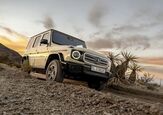
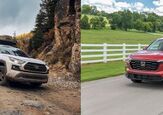
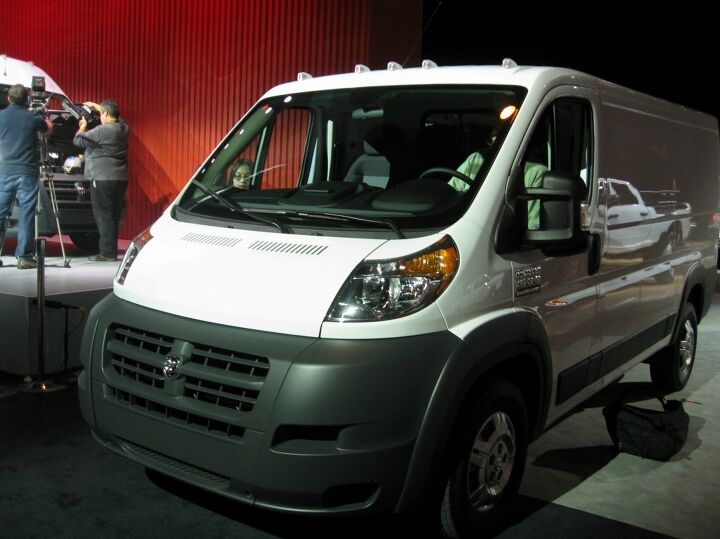













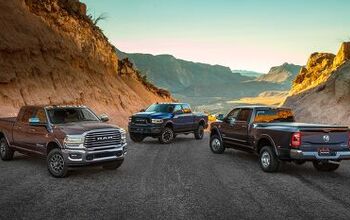

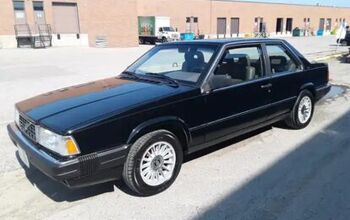

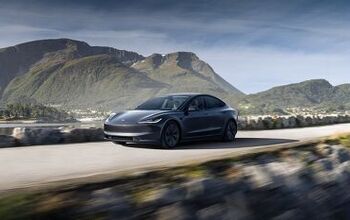
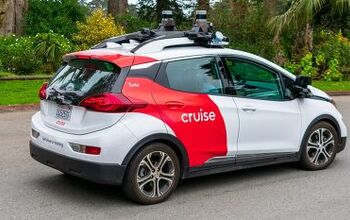
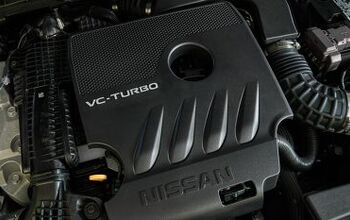


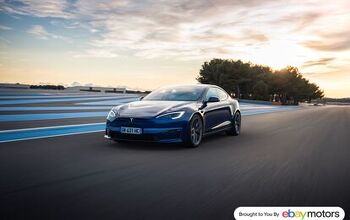
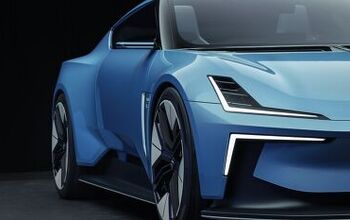

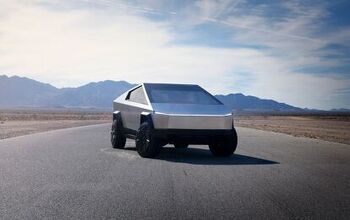
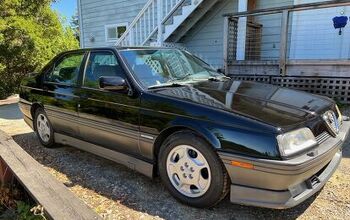
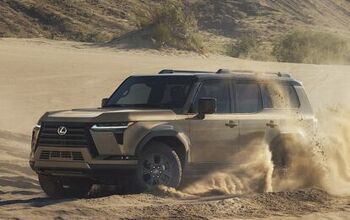
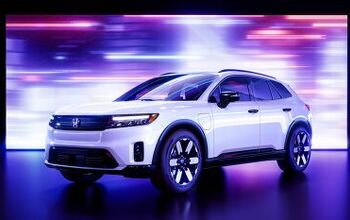
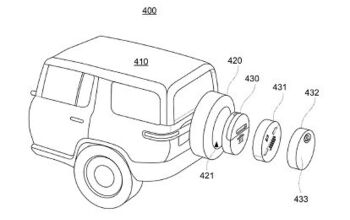
Comments
Join the conversation
FWD vans like this work just fine for 99% of the world, I'm sure they will be just fine in the US, despite all the whining.
If it has good redeemable qualities it may make it. But being FWD, it's only going to take a couple times getting stuck or a wreck before any business that buys them moves on to a traditional van. Not to mention they need to be rock solid reliable, Ford and chevy traditional vans have a very high standard that it must match.
I don't know how these last, but they are everywhere in Mexico. Bimbo uses these as bread delivery trucks. I am always amazed when I see one of these trucks working it's way down a narrow cobble stone street in a Mexican village. I owned a 2006 Sprinter cab chassis with a fifteen foot box body for five years. I paid for it with the fuel savings from moving from an F350 with box body. As a business owner, all I cared about was the cost of operation. I think that the Fiat van will do will in the US.
If it was my money and I was willing to take a bet on an unproven vehicle in this segment, it would probably be one of those new Nissan work vans. The truth is, Ford and GM have pretty much perfected this segment. Unless Fiat, er, um I mean RAM can offer huge fuel savings and be as durable and cheap to maintain as it's Detroit rivals, I don't see it getting much traction (Rimshot, lol!)